In recent months the value of cull cows at factories in NI has fallen by more than £200/head. Last week, data from the Livestock and Meat Commission (LMC) showed that the average price paid for an R3 cow was 262.5p/kg, making a 350kg carcase worth £919.
At their peak, factory prices for cull cows reached 320.7p/kg for R3 animals in mid-June. On a 350kg carcase, this means the cull value has fallen by almost £204/head. As processors have reduced prices, this has impacted on mart trade. Mart managers indicate that the main trade for young, slaughter-fit cows has fallen by 30p/kg to 40p/kg during autumn.
The live trade has also been hampered by some processors now requiring cows purchased through the live trade to serve a minimum residency period on-farm (30 days in some cases) before moving to slaughter.
This limits buying demand in cull rings to smaller, secondary processing outlets, and agents buying cows for exporting to slaughter plants in the Republic of Ireland.
Price drop
In recent weeks the cow trade has come under increasing pressure. Prices have slipped from a base of 290p/kg on R-grading animals at the end of September to current levels, with plants quoting 220p/kg to 255p/kg this week.
Slaughter numbers have surged during November and farmers have faced delays in getting cows processed.
The weekly cow kill reached its peak in early November, when more than 2,500 head were processed for two weeks in succession.
For the year to 24 November, the total cow kill stands at 94,459. This is 1,500 higher than the same period in 2017 and more than 5,000 higher than 2016. Cattle forecasts from the LMC estimate that the total cow kill for 2018 will finish at just over 109,000 head, an increase of 6,000 on 2017.
Demand
Sporting events such as the World Cup, combined with one of the hottest summers on record, led to a surge in demand for forequarter and manufacturing beef. Sources in the trade maintain that this led to an inflated cow price during the summer period, and that there has been a degree of price correction this autumn.
However, recent mild weather has meant demand for manufacturing beef is slow, and with local cold stores full, cattle agents indicate they have had little option but to lower base quotes on cows.
Sources in the trade warn that if sales of beef continue to be slow post-Christmas, when plants traditionally require fewer cattle to fill orders, this could lead to further price pressure across both prime cattle and cows, unless there is a significant drop off in local supply.
Read more
Farmers urged to continue fighting BVD – UFU
Beef trends update: no letup in downward price pressure
In recent months the value of cull cows at factories in NI has fallen by more than £200/head. Last week, data from the Livestock and Meat Commission (LMC) showed that the average price paid for an R3 cow was 262.5p/kg, making a 350kg carcase worth £919.
At their peak, factory prices for cull cows reached 320.7p/kg for R3 animals in mid-June. On a 350kg carcase, this means the cull value has fallen by almost £204/head. As processors have reduced prices, this has impacted on mart trade. Mart managers indicate that the main trade for young, slaughter-fit cows has fallen by 30p/kg to 40p/kg during autumn.
The live trade has also been hampered by some processors now requiring cows purchased through the live trade to serve a minimum residency period on-farm (30 days in some cases) before moving to slaughter.
This limits buying demand in cull rings to smaller, secondary processing outlets, and agents buying cows for exporting to slaughter plants in the Republic of Ireland.
Price drop
In recent weeks the cow trade has come under increasing pressure. Prices have slipped from a base of 290p/kg on R-grading animals at the end of September to current levels, with plants quoting 220p/kg to 255p/kg this week.
Slaughter numbers have surged during November and farmers have faced delays in getting cows processed.
The weekly cow kill reached its peak in early November, when more than 2,500 head were processed for two weeks in succession.
For the year to 24 November, the total cow kill stands at 94,459. This is 1,500 higher than the same period in 2017 and more than 5,000 higher than 2016. Cattle forecasts from the LMC estimate that the total cow kill for 2018 will finish at just over 109,000 head, an increase of 6,000 on 2017.
Demand
Sporting events such as the World Cup, combined with one of the hottest summers on record, led to a surge in demand for forequarter and manufacturing beef. Sources in the trade maintain that this led to an inflated cow price during the summer period, and that there has been a degree of price correction this autumn.
However, recent mild weather has meant demand for manufacturing beef is slow, and with local cold stores full, cattle agents indicate they have had little option but to lower base quotes on cows.
Sources in the trade warn that if sales of beef continue to be slow post-Christmas, when plants traditionally require fewer cattle to fill orders, this could lead to further price pressure across both prime cattle and cows, unless there is a significant drop off in local supply.
Read more
Farmers urged to continue fighting BVD – UFU
Beef trends update: no letup in downward price pressure




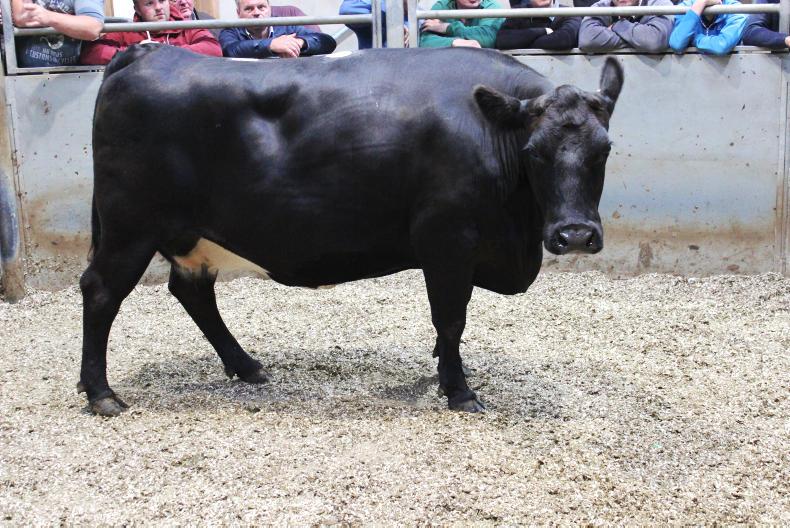
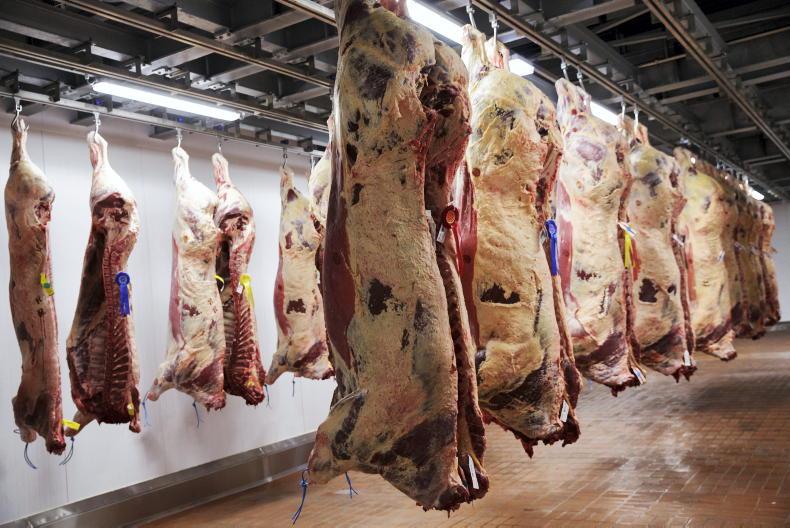

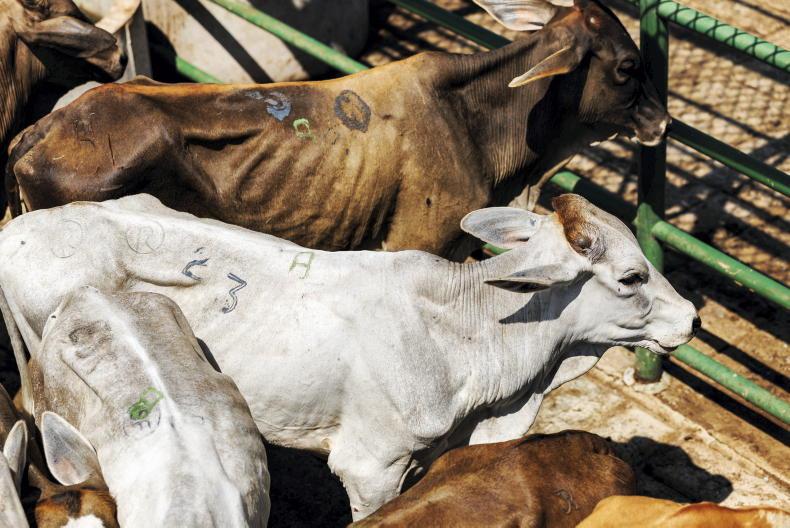
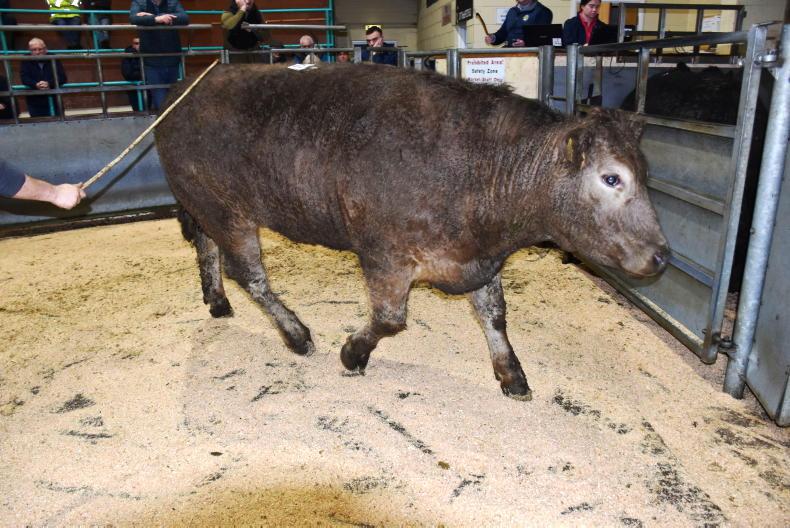
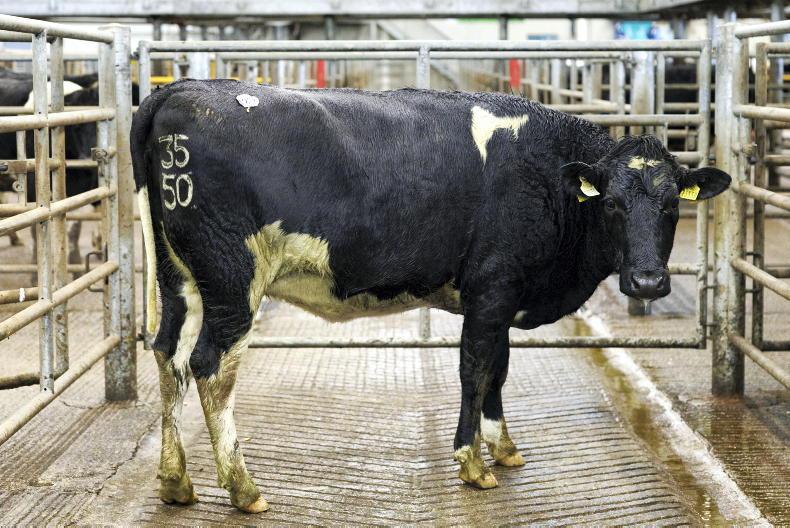
SHARING OPTIONS